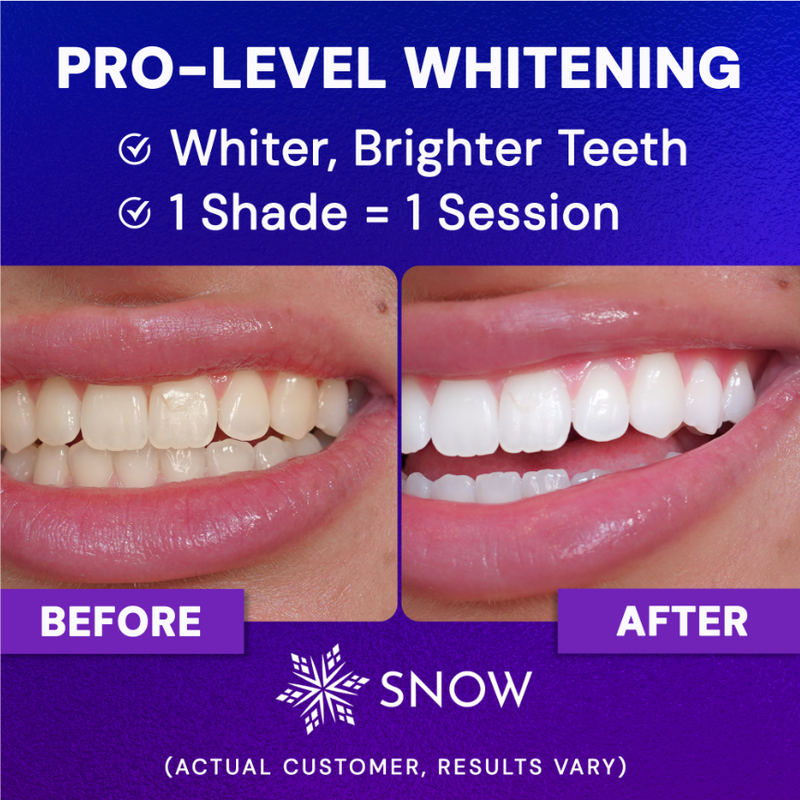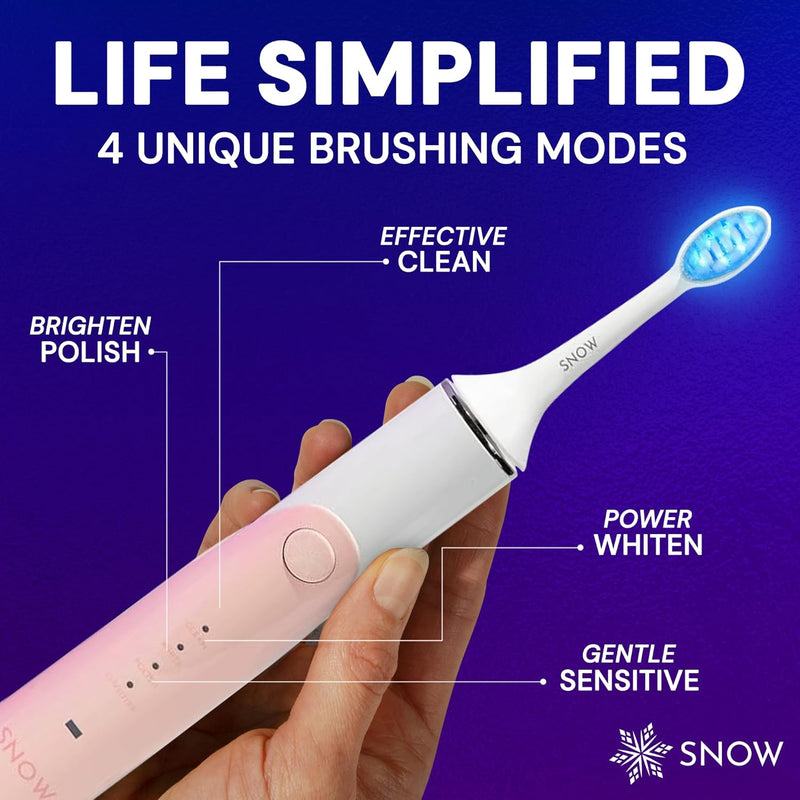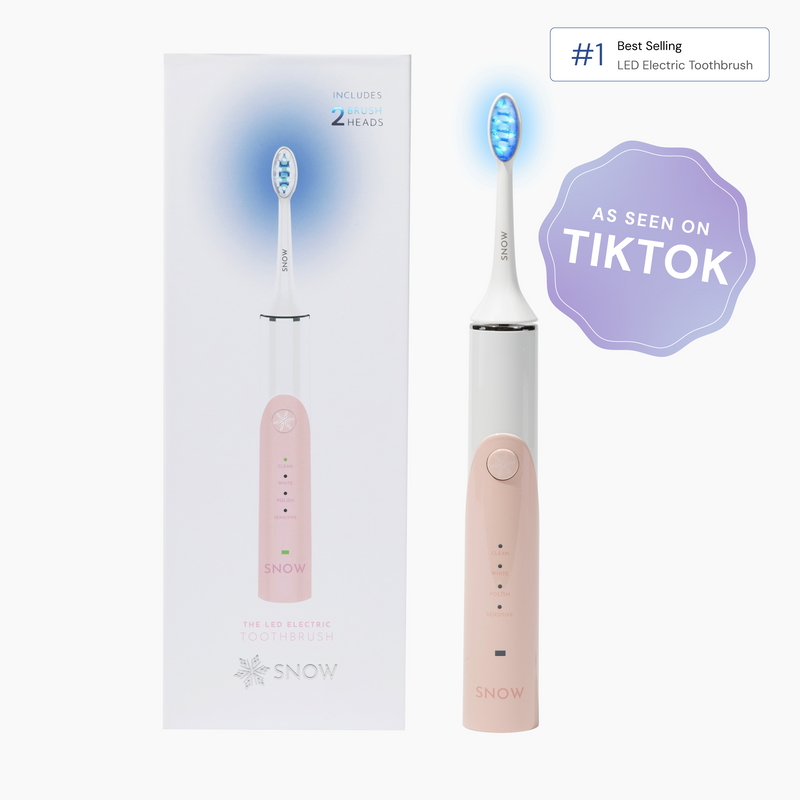The type of dental filling you have dramatically influences how long the dental filling will last. Dental fillings can be produced from a variety of materials.
Since dental fillings last long but often don't last a lifetime, having routine dental exams can help you know when a filling might need to be changed.
It's vital to weigh all of your options for dental filling materials or alternatives and recognize the signs of tooth decay that suggest a filling could be required, whether you need a new filling procedure or need a filling replaced.
Continue reading to find out how long fillings last before filling material needs to be replaced based on several factors, such as when to replace existing fillings and what you can do to help your fillings last longer.

WHAT ARE DENTAL FILLINGS?
Depending on the substance, dental fillings have a range of how long they last.
Dental fillings are strong materials (such as gold filling, silver, or ceramic) used to restore teeth that have deteriorated or been damaged. They patch up gaps left by tooth damage. Dental fillings often cannot reverse all tooth damage.
However, they are essential to restore the tooth structure weakened by tooth decay and stop it from getting worse.
DENTAL FILLING TYPES
Dental fillings are typically made of one of four substances: gold, amalgam, composite, or porcelain. They differ in terms of appearance, quality, and cost. Before having their cavity filled, patients may want to think about all these things and how long each type of filling lasts.
GOLD FILLINGS
Gold fillings last the longest of any repair, lasting 15 to 30 years on average. Gold is the strongest substance for a filling, which can resist many years of biting and chewing.
Pure gold is not used in gold fillings. There may be a mixture of copper and many other metals. The fact that gold is the most expensive alternative for filling a hole is not surprising. It can cost up to ten times as much as the next most affordable material. The visibility of a gold filling is another issue for some people. In the mouth, gold will stick out and be noticeable.
SILVER (AMALGAM) FILLINGS
Silver amalgam fillings, which have an average lifespan of 10 to 15 years, are the second most resilient material for dental fillings. Additionally, the least expensive alternative is amalgam fillings. Up until roughly 25 or 30 years ago, amalgam was the material of choice for dentists and patients for more than a century. They offer exceptional value due to their durability and affordable price.
Because of their color, amalgam fillings are frequently referred to as silver fillings. In addition to copper, tin, and other metals, they include some silver. About half of an amalgam filling is made of mercury.
Even though the kind of mercury in amalgam fillings is not immediately taken into the bloodstream, many people believe silver fillings are dangerous. Several dental and medical organizations have deemed these fillings safe, although some people are allergic to them. However, worries regarding mercury poisoning continue to exist.
While some dentists still use amalgam to treat cavities, most now use alternatives that don't have the negative connotations associated with mercury. Furthermore, modern materials can mimic a tooth's natural color, unlike silver fillings.
COMPOSITE FILLINGS
Composite resin fillings are created by combining a solid polymer called resin with tiny pieces of quartz or glass ionomer fillings.
They are relatively durable, lasting between five and seven years. Studies have suggested up to 10 years. They won't withstand pressure as well as metal fillings like gold or silver amalgam and tend to wear out more quickly. Additionally, they can cost almost twice as much as amalgam.
Patients frequently choose composite. Aesthetics are the critical factor for individuals to pay extra for a composite filling that won't last as long as a metal filling. Composite fillings may be created to perfectly match a patient's natural teeth with the same color. Instead of having a mouthful of gold or silver fillings, they may maintain a white grin.
A lot of dentists now prefer composite fillings over amalgam. Compared to amalgam fillings, they discover less of the tooth needs to be removed during drilling, and the material adheres to the healthy tooth more effectively. Additionally, it can be used to fix cracked or chipped teeth.
PORCELAIN DENTAL FILLINGS
Porcelain or ceramic fillings can cost as much as gold but have a shorter life than more durable composite fillings (5 to 10 years). They can mimic the natural color of the teeth, much as composites. Porcelain can survive longer on high-impact teeth like molars because it is more durable than the resin used in composite fillings. In addition, they are less likely to stain.
HOW LONG DO FILLINGS LAST WITH PROPER CARE?
Several fillings are available, each constructed of a unique substance and priced and are aesthetically distinct. Although specific materials are more durable than others, none are thought to be forever. In the appropriate conditions, fillings made of gold or amalgam can last up to 20 years. Composite and porcelain fillings have the potential to be more brittle but also more aesthetically pleasing.
REASONS TO REPLACE A FILLING
Your filling or the tooth beside the filling may get damaged under the constant stress of chewing, clenching, and secondary tooth rot. Bacteria that cause decay can become trapped between a filling and the tooth if it chips, breaks, or starts to detach from the tooth. Regular brushing and flossing won't be able to get rid of this form of germs.
To stop the germs from causing more harm, such as harming the nerve, a damaged filling has to be treated as soon as possible. In more severe cases, a broken filling may cause significant pain when chewing or extreme sensitivity to heat or cold.
WHEN SHOULD I VISIT A DENTIST?
If your mouth is healthy, attending the dentist once or twice a year can be sufficient.
However, you could require routine cleanings and exams a few times a year if you have dental problems like periodontitis (gum disease).
If you have any of the following symptoms or issues with your teeth and gums, the ADA advises that you visit your dentist right away:
- Gums that swell or bleed when you brush or floss
- Heat and cold sensitivity in teeth
- Jaw, gum, or teeth discomfort
- Having trouble chewing
- Crooked teeth
- Ongoing foul breath
- Mouth lesions or stains
In addition, if you have fillings, dentures, dental implants, or crowns, the ADA advises scheduling routine checkups with a dentist.
SUMMARY
Please don't put off taking care of a filling until it aches. While fillings may not last forever, you can extend their lifespan with the proper maintenance. Ask your dentist to inspect your fillings the next time you visit to ensure they are in good condition.
FAQs
HOW FREQUENTLY SHOULD FILLINGS BE CHANGED?
With the correct maintenance, fillings may endure for years, perhaps even decades. If a filling leaks, breaks or falls out, you might need to replace it. While fillings will eventually wear out, how soon they do so will depend on your dental care, the filling size, the severity of your cavity, and the filling material.
HOW CAN YOU TELL WHETHER A FILLING NEEDS TO BE REPLACED?
If your filling comes out, cracks, or breaks, you will know that it has to be changed. You could be able to see the cracked or missing filling, have more sensitive teeth, or experience a sharp ache when chewing food. The importance of having your dentist examine your current fillings at your checkups is due to the possibility that you may not notice any indications of a filling degrading.
DO FILLINGS LAST A LIFETIME?
Although fillings are temporary, they might persist for many years. Your fillings might last decades if they are properly placed and you maintain good dental hygiene.
WHAT PERCENTAGE OF PEOPLE HAVE FILLINGS?
Three fillings are the standard for a person in America.





































































